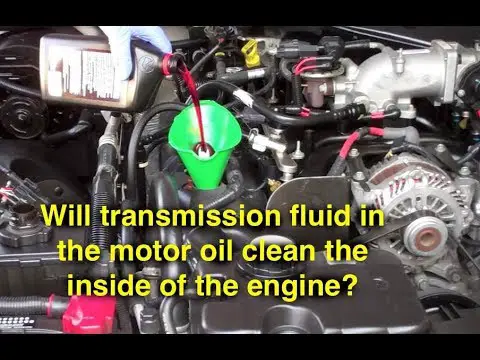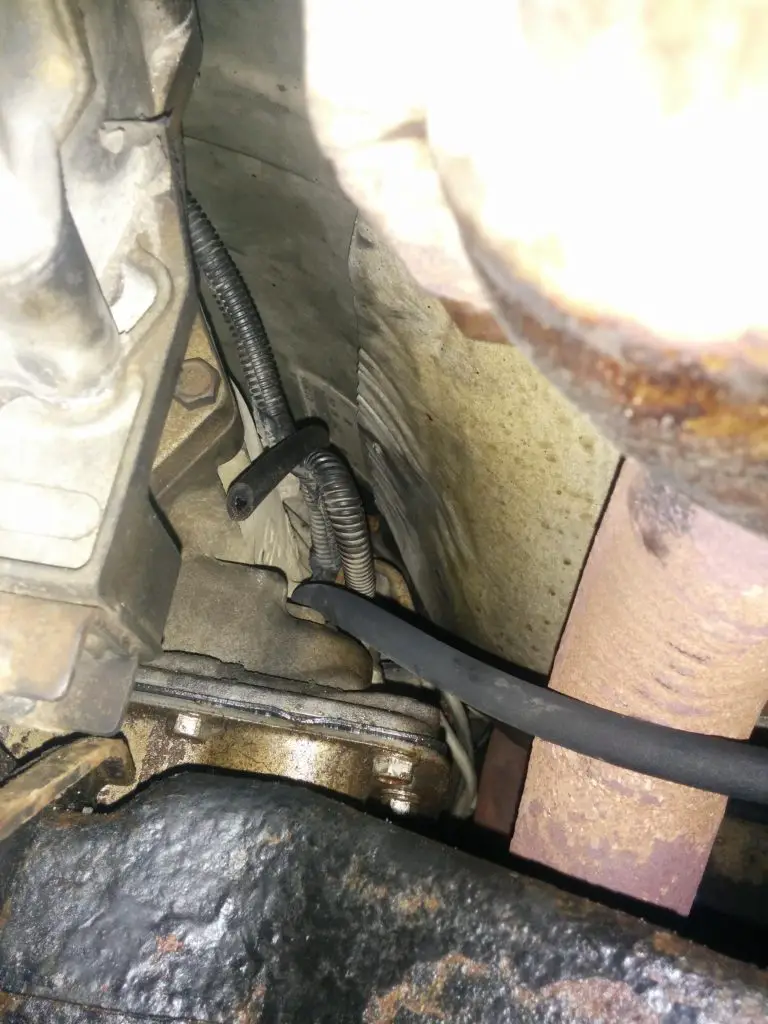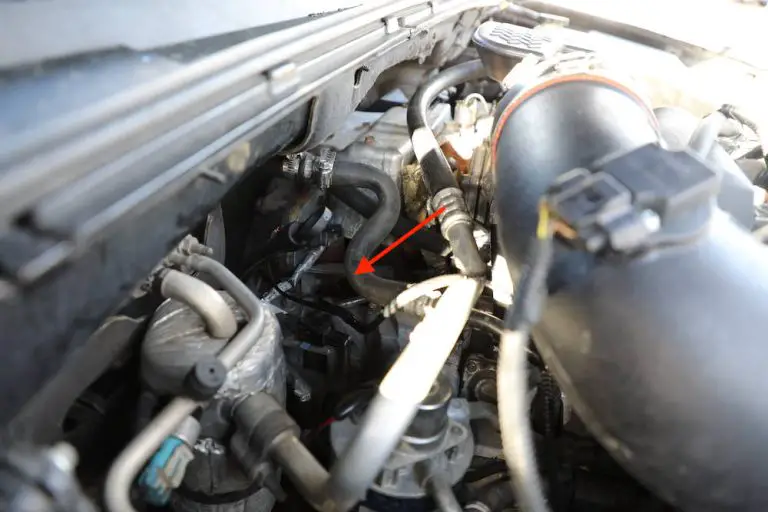Ford E 350 Fuel Pump Problems: Troubleshooting Tips
Are you experiencing issues with your Ford E 350 fuel pump? You’re not alone. Many Ford E 350 owners have encountered fuel pump problems, leading to various symptoms such as no start, rough idle, loss of power, hesitant acceleration, and intermittent engine performance. In this article, we’ll delve into the common fuel pump problems associated with the Ford E 350 and explore diagnostic methods and solutions to address these issues.
The Ford E-350 van is a reliable workhorse, a backbone of countless businesses and a familiar sight on the road. But even the most dependable vehicles can encounter issues, and the fuel pump is a common culprit when your E-350 sputters or stalls. This guide will equip you to identify potential fuel pump problems in your E-350 and steer you towards solutions.
Understanding the Fuel Pump’s Role:
The fuel pump is the heart of your E-350’s fuel system. It’s responsible for drawing gasoline from the tank and pressurizing it to ensure proper delivery to the engine. Without sufficient fuel pressure, your engine will struggle to run smoothly, leading to a variety of problems.
Signs of a Failing Fuel Pump in Your Ford E-350:
- Engine Stalling: This is a classic symptom. If your E-350 sputters and dies unexpectedly, especially while idling or accelerating, a failing fuel pump could be the cause.
- Hard Starts: Difficulty starting the engine, particularly when warm, can indicate the fuel pump is unable to build enough pressure for ignition.
- Reduced Power: A failing pump might not deliver enough fuel, resulting in a noticeable loss of engine power and sluggish acceleration.
- Rough Idling: If the fuel pressure fluctuates, it can cause the engine to idle erratically, resulting in a shaky or uneven idle.
- Check Engine Light: While not a guarantee of a bad fuel pump, the illumination of the check engine light often signifies an engine management issue. Retrieving the trouble codes with a scan tool can provide more specific details.
Common Symptoms of Fuel Pump Problems
Before delving into the specifics of fuel pump problems, it’s crucial to understand the common symptoms associated with a faulty fuel pump in the Ford E 350. These symptoms include:
- No start
- Rough idle
- Loss of power
- Hesitant acceleration
- Intermittent engine performance
Diagnostic Methods
Diagnosing fuel pump issues in your Ford E 350 is crucial for identifying the root cause of the problem. Here are some diagnostic methods to consider:
- Checking fuel pressure
- Checking for spark
- Checking fault codes
- Looking at engine data
- Checking wiring at the fuel pump control module
How to Check for Fuel Pump Failure
One way to check for fuel pump failure is by listening for an audible noise from the fuel pump when it’s working properly. Additionally, you can perform a simple test by having an assistant crank the engine while you hit the fuel tank with a rubber mallet. If the vehicle starts during this procedure, it’s a clear sign that the electric motor inside the pump is faulty.
Credit: www.ford-trucks.com
Fuel Pump Relay Location
The fuel pump relay in the Ford E 350 is located in the fuse box in the engine compartment, specifically on the left side. Understanding the location of the fuel pump relay can be essential for troubleshooting and maintenance purposes.
Community Insights
Community forums and online platforms provide valuable insights into Ford E 350 fuel pump problems. According to discussions on various platforms, an inline high-pressure pump might cause more problems down the line with the injectors and the pressure regulator. It’s important to consider these insights when addressing fuel pump issues in your Ford E 350.

Additional Factors to Consider:
- Age and Mileage: As your E-350 ages and accumulates miles, the fuel pump becomes more susceptible to wear and tear.
- Fuel Quality: Using low-quality gasoline can shorten the lifespan of your fuel pump and clog filters. Regularly maintaining your fuel system with clean fuel and filter replacements is crucial.
- Fuel Pump Location: The E-350’s fuel pump is typically located inside the fuel tank. This can make diagnosing and replacing it slightly more complex compared to some vehicles with externally mounted pumps.
Troubleshooting and Solutions:
If you suspect a failing fuel pump in your E-350, here are some steps you can take:
- Visual Inspection: Look for leaks or loose connections around the fuel tank and fuel lines.
- Fuel Filter Check: A clogged fuel filter can restrict fuel flow and mimic symptoms of a failing pump. Replace the fuel filter if necessary.
- Fuel Pressure Test: A qualified mechanic can perform a fuel pressure test to measure the pressure output of the pump and determine if it meets specifications.
Repair Options:
- DIY Replacement: Replacing a fuel pump can be a complex task, and attempting a DIY repair requires a certain level of mechanical expertise and caution. If you’re comfortable working on fuel systems, there are online resources and repair guides available. However, for most people, seeking professional help is recommended.
- Professional Repair: A qualified mechanic can diagnose the fuel pump issue and replace it efficiently. This ensures a proper repair and minimizes the risk of further complications.
Prevention is Key:
- Regular Maintenance: Regularly changing your fuel filter and using high-quality fuel can help extend the lifespan of your fuel pump.
- Listen to Your Vehicle: Pay attention to how your E-350 runs. Addressing any performance issues promptly can help prevent minor problems from snowballing into bigger ones.
Expert Advice
Seeking advice from automotive experts and experienced technicians can offer valuable guidance when dealing with fuel pump problems. One expert recommended that the PCM only turns on the pump to prime it and then waits to see the engine spin over, emphasizing the importance of understanding the functionality of the fuel pump in the Ford E 350.
Frequently Asked Questions
Why Is My Ford E350 Not Starting?
Your Ford E350 may not be starting due to a faulty fuel pump driver module, which can cause symptoms like rough idle, loss of power, hesitant acceleration, and intermittent engine performance. You can check for a fuel pump failure by listening for an audible noise while the engine is cranking, or by hitting the fuel tank with a rubber mallet while an assistant cranks the engine.
The fuel pump relay is located in the engine compartment fuse box on the left side of the engine compartment.
What Are The Symptoms Of A Bad Fuel Pump Driver Module?
Common symptoms of a bad fuel pump driver module include no start, rough idle, loss of power, hesitant acceleration, and intermittent engine performance.
How Do You Check For A Fuel Pump Failure?
To check for a fuel pump failure, listen for a noise from the pump when it’s running. Have someone crank the engine while tapping the fuel tank. If the vehicle starts, it indicates a faulty electric motor in the pump.
Where Is The Fuel Pump Relay On A 1996 Ford E350?
The fuel pump relay on a 1996 Ford E350 is located in the engine compartment on the left side.
Conclusion
Dealing with fuel pump problems in the Ford E 350 can be challenging, but with the right diagnostic methods, community insights, and expert advice, you can effectively address these issues. Whether it’s understanding the symptoms, locating the fuel pump relay, or seeking guidance from experienced individuals, taking a proactive approach to fuel pump problems is essential for maintaining the performance and reliability of your Ford E 350.







